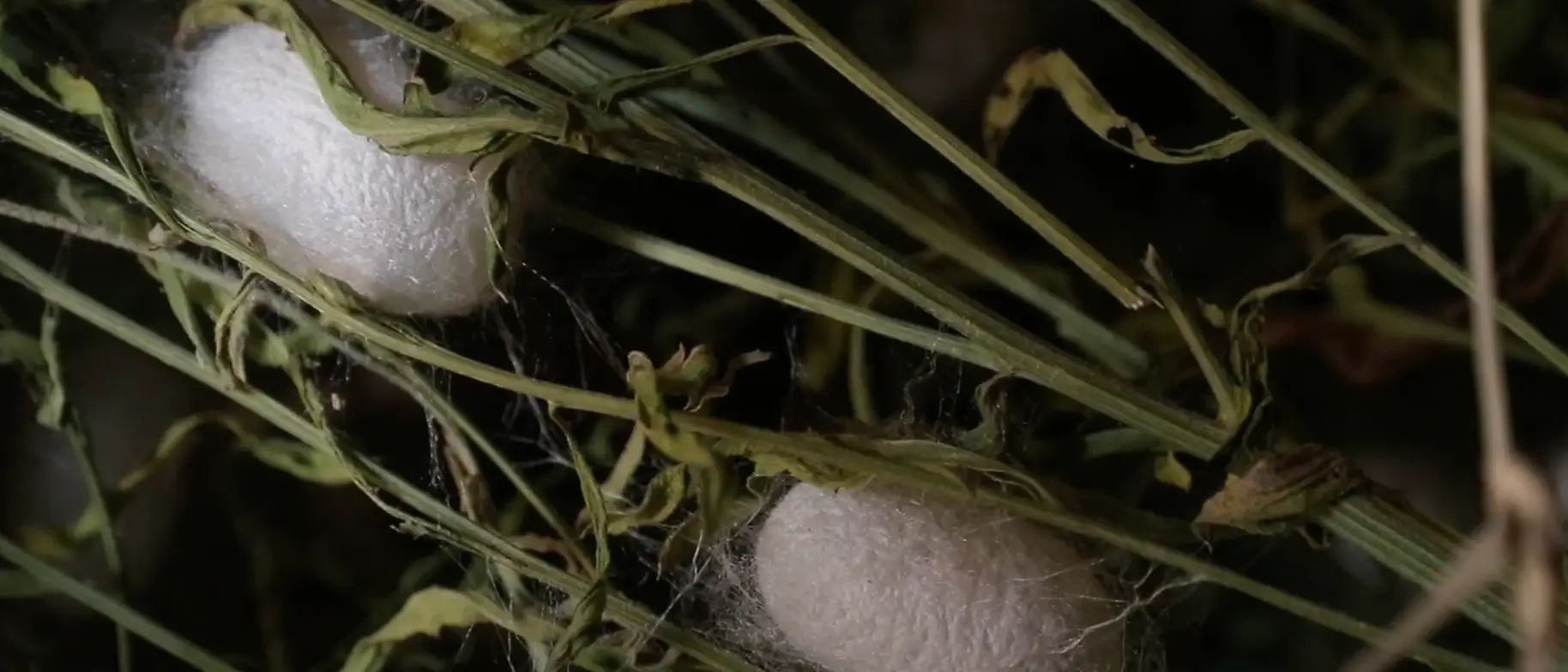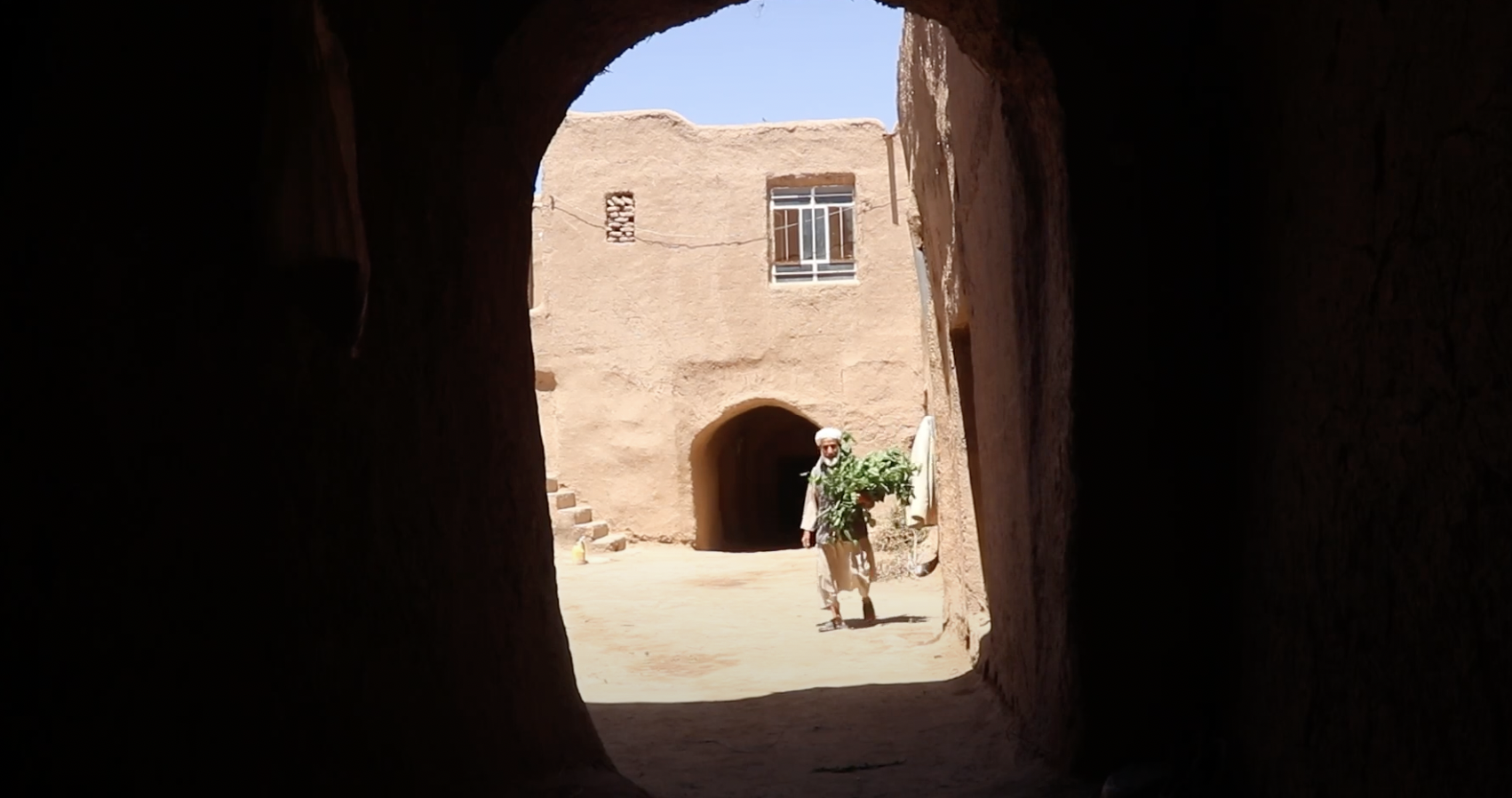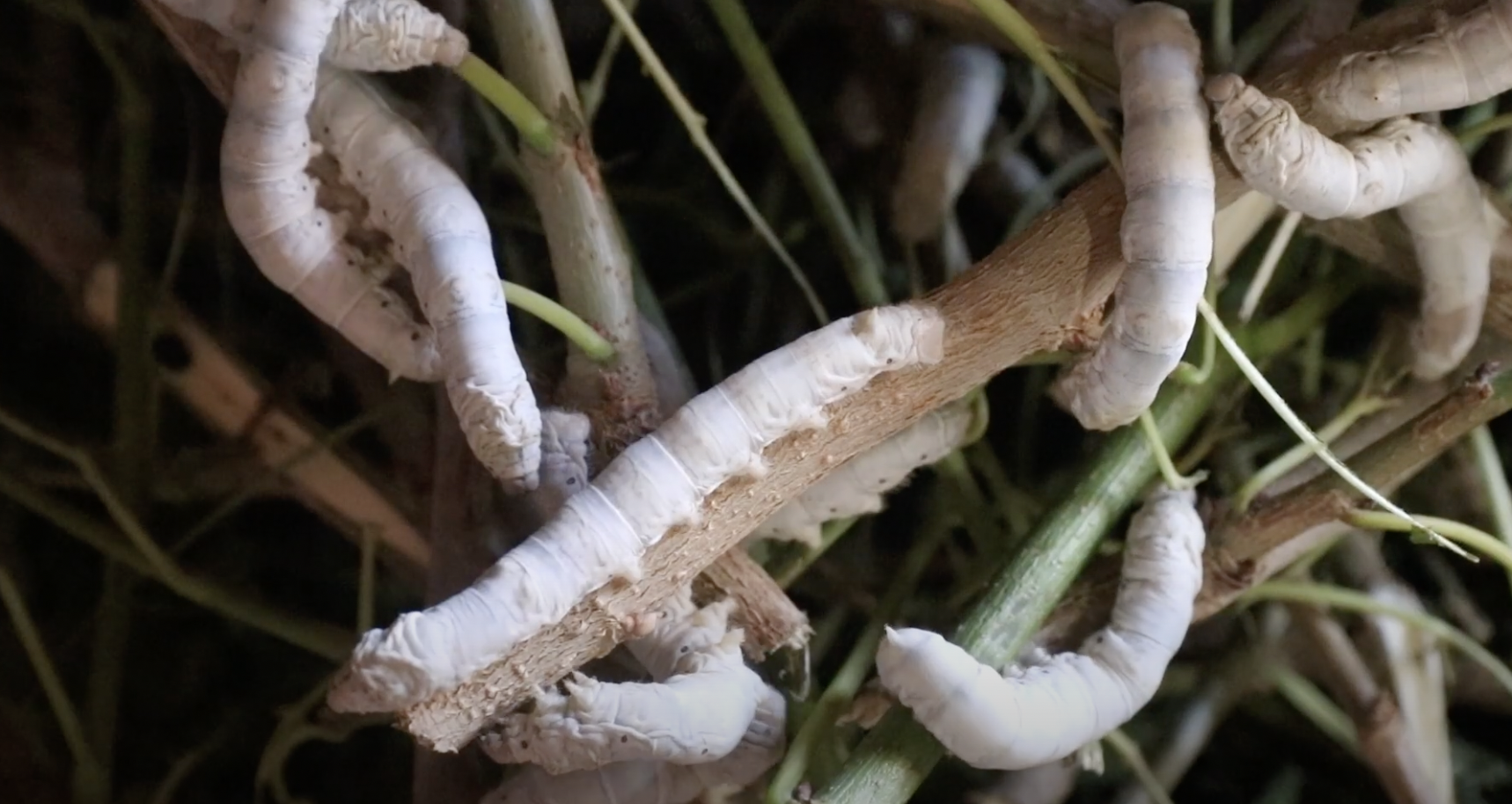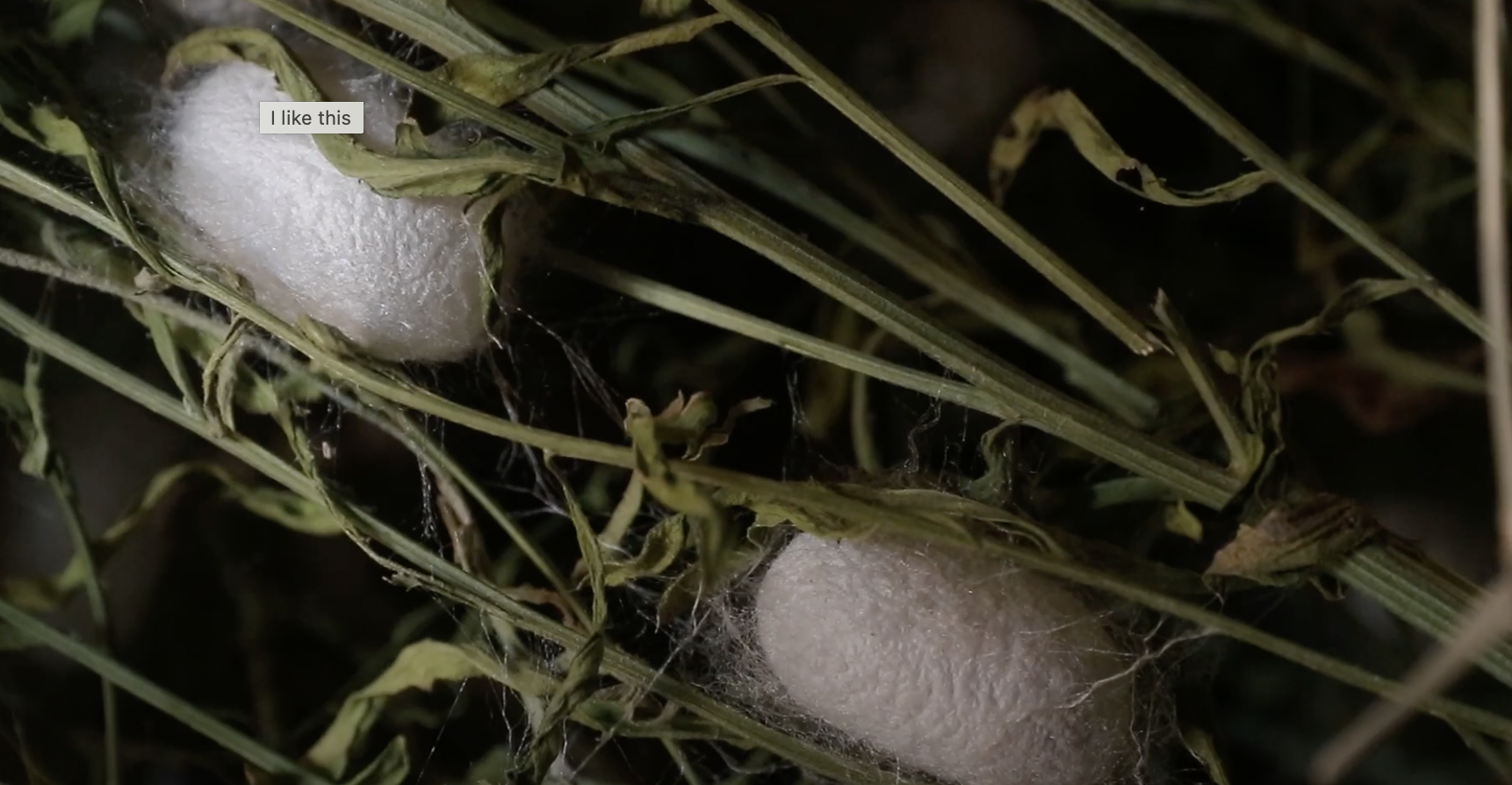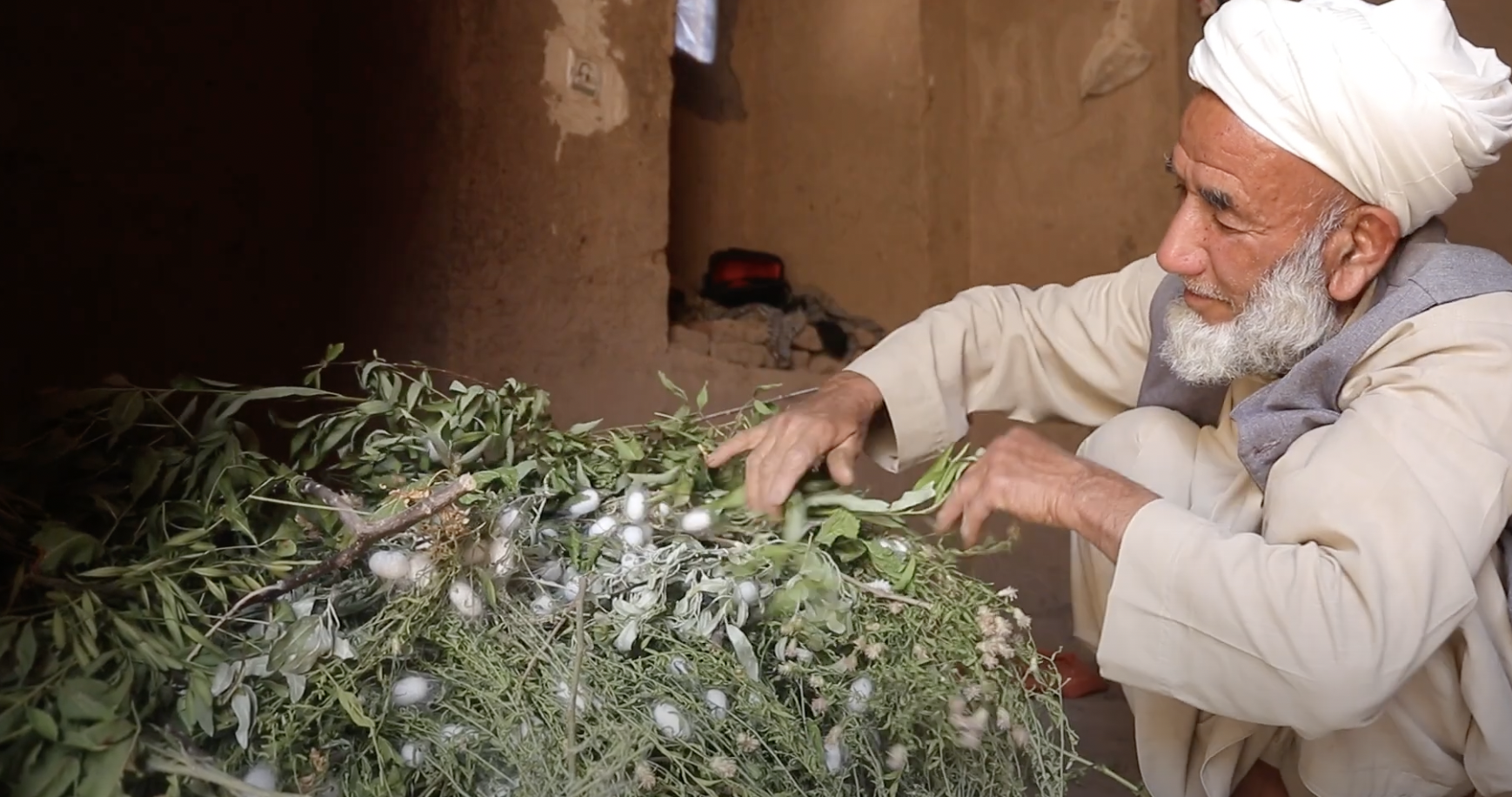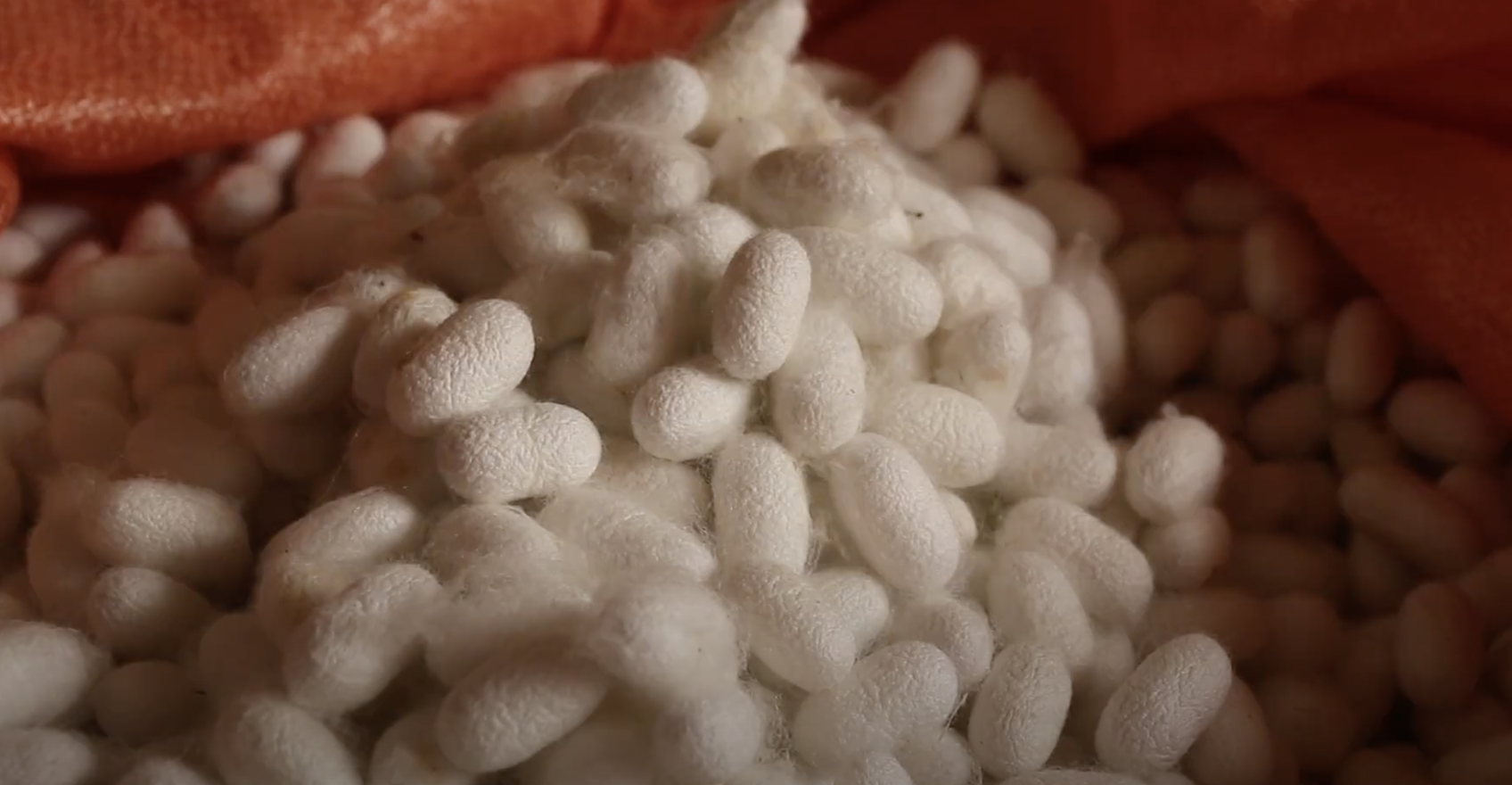Making silk traditionally is no small feat. It begins with the careful cultivation of silk-producing moth larvae, which are raised on a diet of mulberry leaves. As these larvae grow, they spin delicate silk fibers around themselves to form cocoons, a process that demands patience and precision. Once the cocoons are fully formed, they are harvested by hand or with mechanical aids to prevent damage to the silk fibers. The next step involves degumming the cocoons to remove the sericin, a sticky substance that binds the fibers together. After degumming, the silk fibers are carefully unwound from the cocoons through a process called reeling, followed by spinning to create threads ready for weaving. This traditional method, passed down through generations, requires skill, attention to detail, and a deep understanding of the silk production process. In remote villages, generations have dedicated their lives to the craft of silk production passing down their expertise and love for silk from one to the next.
Links


